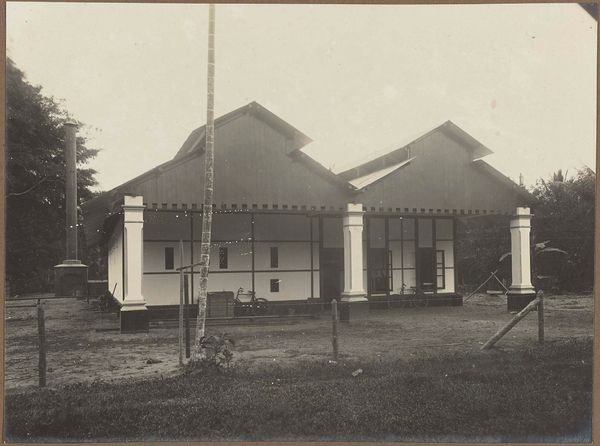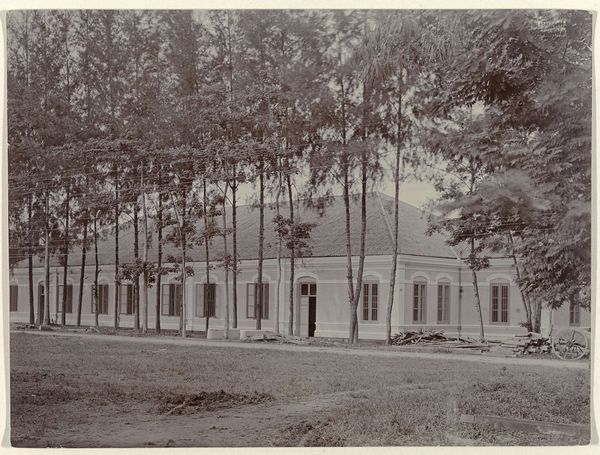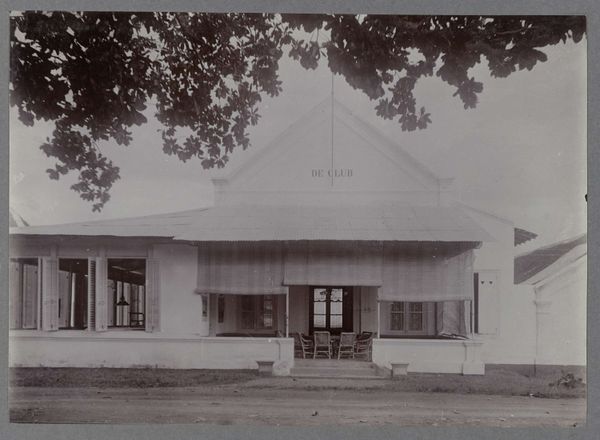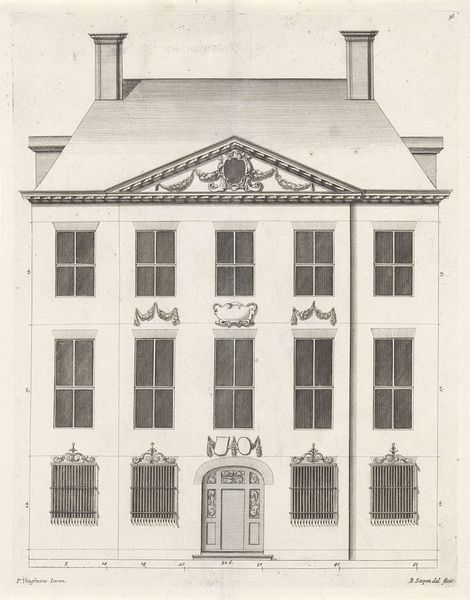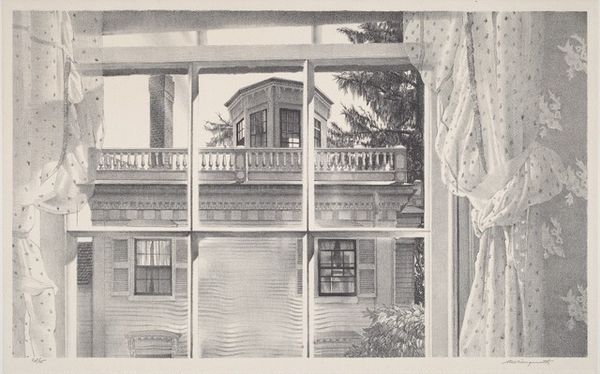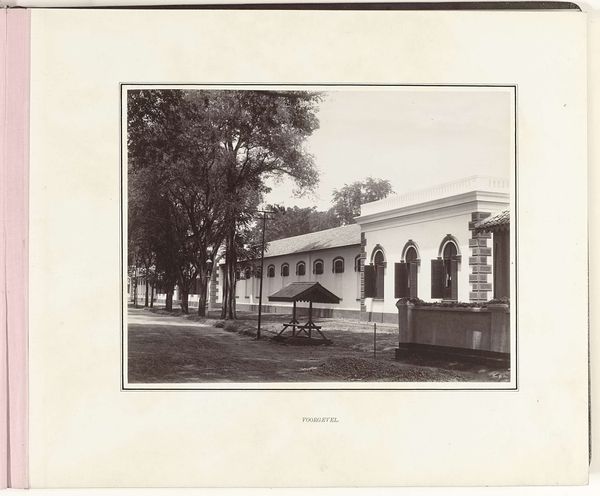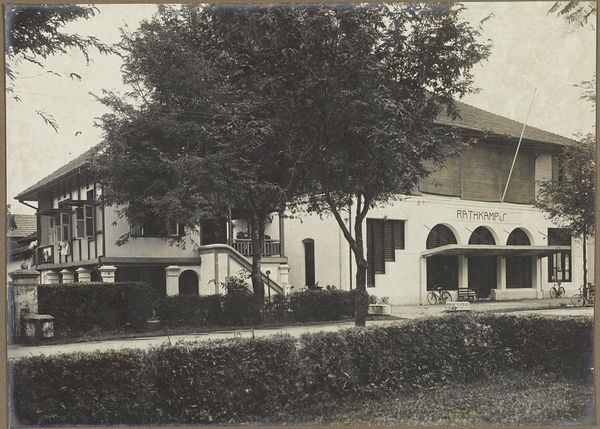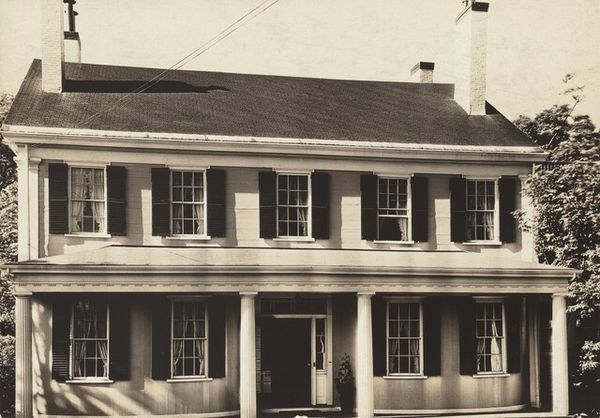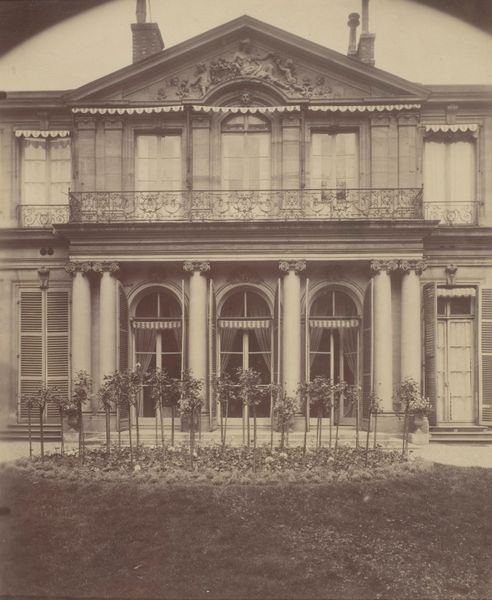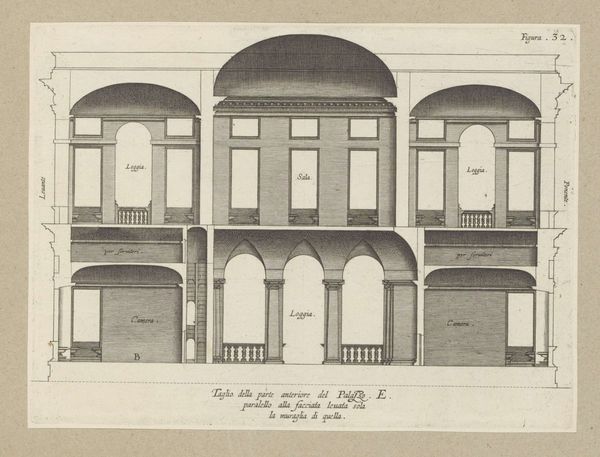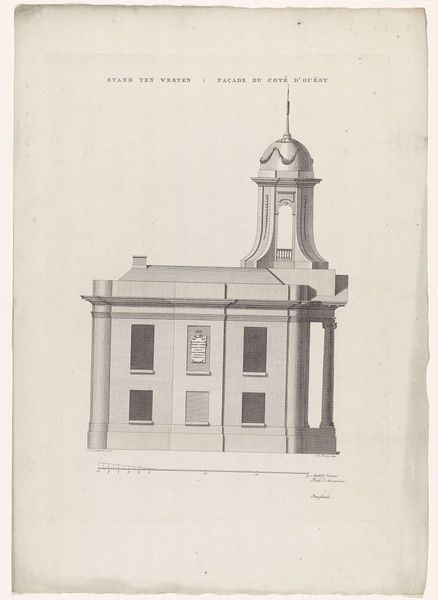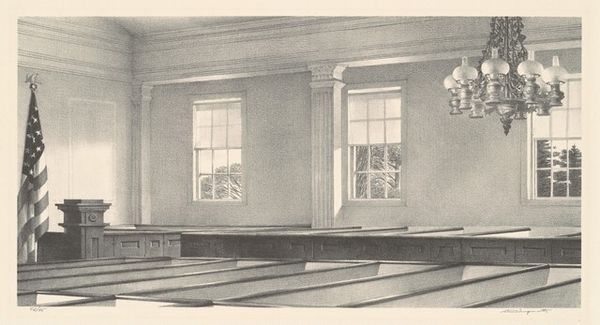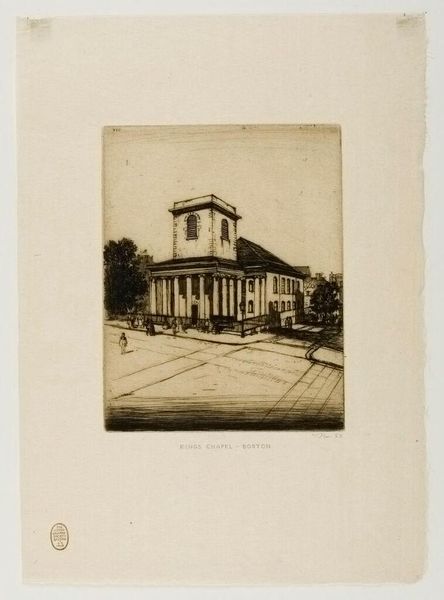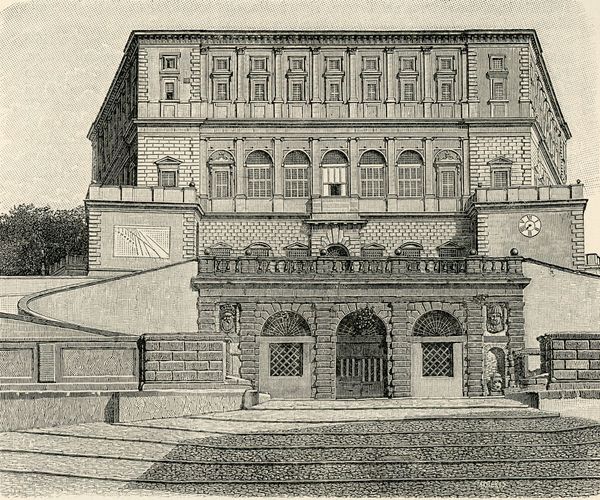
drawing, lithograph, print, architecture
#
drawing
#
lithograph
# print
#
landscape
#
geometric
#
line
#
cityscape
#
architecture
#
realism
Dimensions: image: 26.35 × 40.32 cm (10 3/8 × 15 7/8 in.) sheet: 33.5 × 46.04 cm (13 3/16 × 18 1/8 in.)
Copyright: National Gallery of Art: CC0 1.0
Editor: Looking at Stow Wengenroth's lithograph, "Early Light" from 1952, what's your first impression? Curator: Its stillness strikes me immediately. The precise lines create a sense of serenity and classical order. Note the symmetry, how the artist utilizes the architectural components to create a grid. Editor: Indeed, the classical architectural details evoke specific symbols for me. The columns immediately bring forth the weight of democracy and tradition. The facade acts like an archetypal symbol for authority itself. Curator: Interesting interpretation, although I am drawn more to the subtle use of light. Observe the variations in shading, giving depth and volume to the otherwise linear and flat surface. The lines articulate the architecture in the early morning light with incredible economy. Editor: And that name! "Early Light" immediately evokes themes of beginnings and purity. Notice how the doorway and windows could symbolize thresholds. Curator: The very geometry, however, transcends a mere representational rendering. Each precise angle, and calculated shadow operates as a signifier in itself. Editor: The effect overall seems deliberately somber. Knowing it’s of a church adds more to the feeling, of course. What’s striking about the artist is how much he says by showing very little. He makes the unseen seem present. Curator: And that limited grayscale palette forces the viewer to see through texture and pattern. It's through Wengenroth's command of gradients and line that the structure presents itself, rather than any illusionistic trick. It is simply its inherent, geometric structure that matters. Editor: Thinking about it, "Early Light" could very well represent more than just architecture, the drawing itself is the cultural artifact, not just a representation of it. Curator: Perhaps so. For me, it is the intrinsic values—line, composition, tone—that elevates it. The symbolic is, naturally, secondary.
Comments
No comments
Be the first to comment and join the conversation on the ultimate creative platform.
